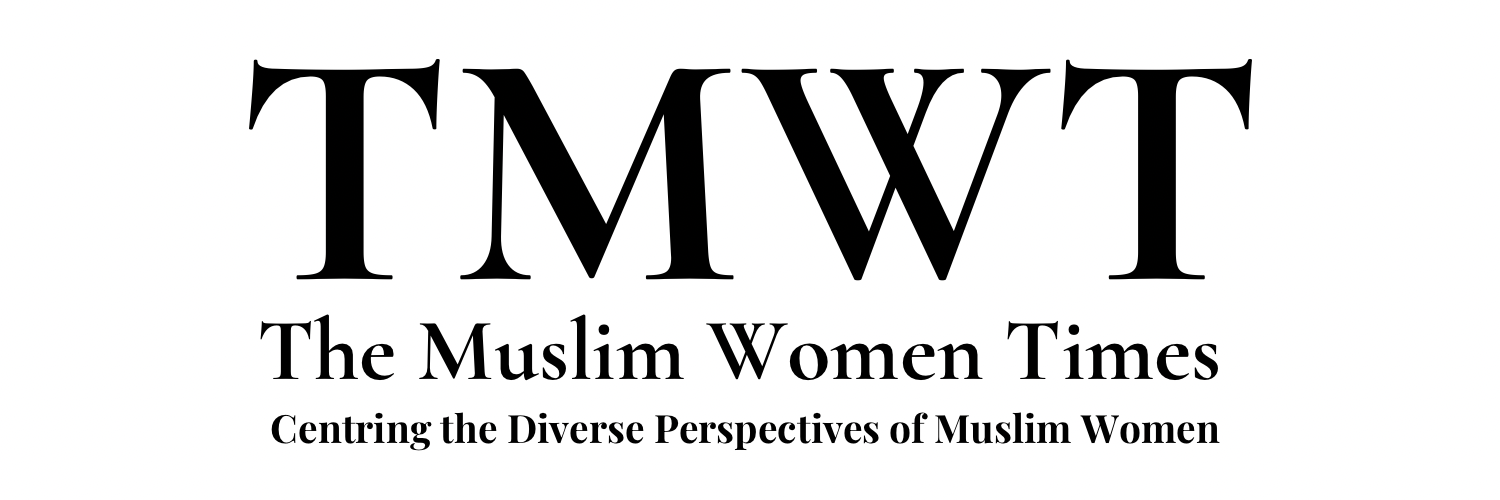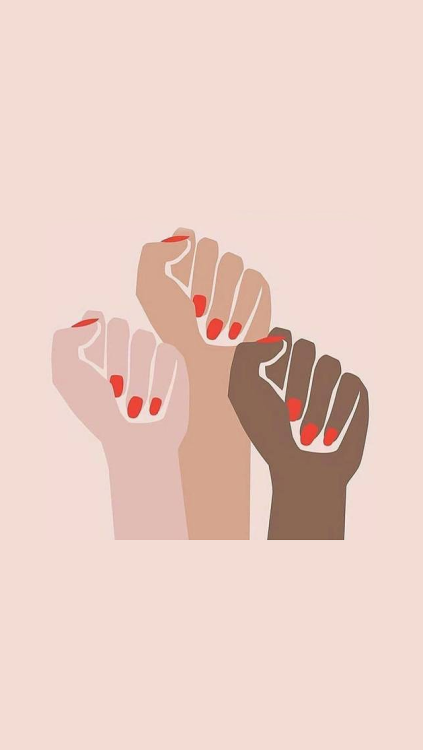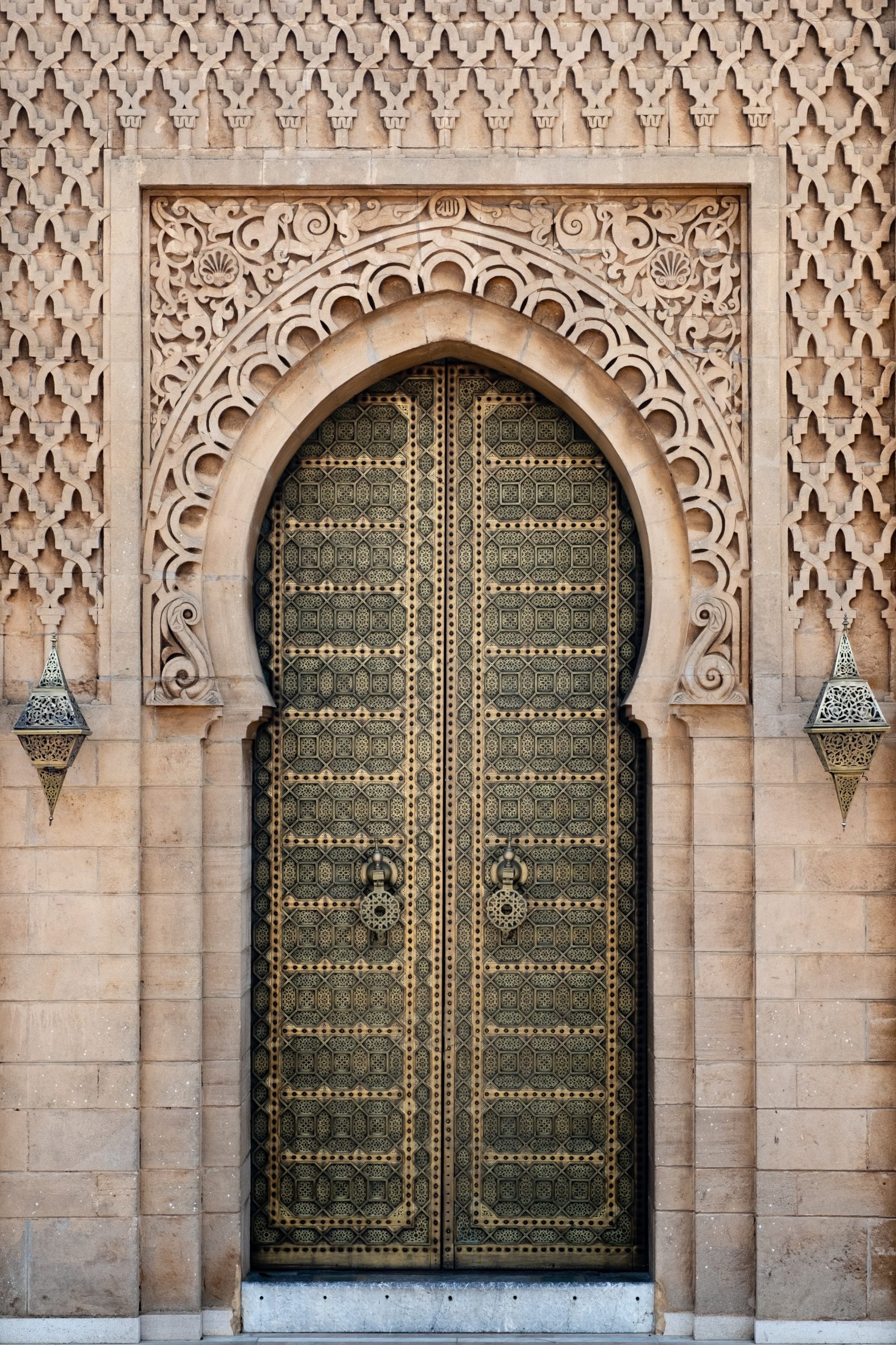“The Spotlight” brings to light the stories of Muslim women of the past and present. In this instalment, Assia Hamdi unveils the talent and work of Al-Khansa, a mistress of ancient Arab poetry.
If the poet and successful socialite, Al Khansa entered a job interview in our modern world, her accolades and reputation would precede her, instantly guaranteeing her a high position.
Across the globe, in lecture halls and books, Al Khansa is regarded as a unique exception in the imagination of Arab Muslim women. Her success in a ‘backward’ Arabian desert renders her a feminine exception in many minds across the West. She is studied as a historical, literary, and sociological figure in universities and she is mentioned across boards in a wide range of analyses and texts discussing Arab Muslim Women. Whilst this may seem like a badge of honour, Al Khansa’s depiction is misconstrued by the triple-edged sword of racism, white feminism, and patriarchy.
In 575 AD, Tumāḍir bint Amr ibn al-Ḥārith ibn al-Sharīd al-Sulamīyah (a name that tracks the lineage of her paternity, but is a whole mouthful) more commonly recognised as “Al Khansa” was born and raised in Najd, the geographic centre of modern-day Saudi Arabia. She converted to Islam and is reported in many sources to have performed poetry to the Prophet (PBUH), some claiming he wept, others that he asked for more of her verses.
Al Khansa is famed for her poetic Rithaa (eulogies) and lamentations for the deaths of her brothers, Muʿāwiyah and Ṣakhr who died in battles. It was recorded that in 612 AD, Al Khansa rose to fame throughout her social circles, for the power of her emotions and eloquence, with such fervour that it brought men to their knees. This, however, is a slim reduction of the impact of her literary voice. Rather than limiting her success to solely the depth of emotions she felt, Al Khansa was a woman who found her strength, honed in on her craft, and shared it selflessly with the world. She did what all artists must do; use her emotions to create art. By all standards, she was a mistress of ancient Arab poetry.
Patriarchal studies along the years had relegated her work as emotional, typical of a woman, and even hysteric and obsessive. However, in a world, where Arabs believed themselves the fathers of poetry, her poetry would not have risen to popularity let alone survived had it just been emotional or beautiful. Her poetry had to be creative and elaborate. Her ability to compose great poetry by using innovative words, literary techniques, and intonations of sounds were elite and possibly unequalled. An excerpt from some stories reports as quoted:
“If Abu Basir had not already recited to me, I would have said that you are the greatest poet of the Arabs. Go, for you are the greatest poet among those with breasts”. She responded by saying, “I’m the greatest poet among those with testicles, too”
Al Khansa in English translates to “the snub-nosed woman“; an epithet which doesn’t evoke a great imagination of beauty in English. However, as always, and as Orientalists ignore, it is important to contextualize symbols and images. The symbolism of ‘the snub-nose’ within Arab antiquity is an allegory to femininity and beauty. Michelle Hartman does the important work of unveiling that snub nose conjures images of grace and elegance worthy of a gazelle. The gazelle was a motif prominent in the artistry of Arab female poets within the classical period and would later influence the Ghazal love poetry form. This is a contrary image to the Anglicised uglier image of a pug or squashed nose.
Older standards of white feminism have tried to differentiate beauty and brains. The ideas surrounding gender and equal rights sometimes push a narrative that requires women to masculinize their reputation to find a neutral equal balance. However, Al Khansa’s form, themes of poetry, and reputed beauty placed her squarely as a great poet of her time. Furthermore, Al Khansa was not an exception in terms of her being a woman, a beauty, and an intelligent one, she was a vocal participant in ritual mourning, a literary, political, and gendered component of social society. Women were motivated to perform poetry in the Rithaa genre. Al Khansa inherited a literary heritage she was exposed to. She attuned her skills and continued releasing poetry (over 1000 lines), bettering her work and increasing her social success.
Underneath all of this lies a simple lesson, Al Khansa was a hard worker, not unlike the millions of women across the global south. She was not an exception, who managed to escape society’s confines on women. She was not a unique woman in Arab society. She was not a hysterical woman driven to write poetry for emotional release. Rather she was very much like what most strong independent women are like, she was talented, persevering, and confident. She was a mistress of ancient Arab poetry.
Reference
Hasna Reda Makdashi (2008). Arab Women Writers A Critical Reference Guide, 1873-1999. American University in Cairo Press.




